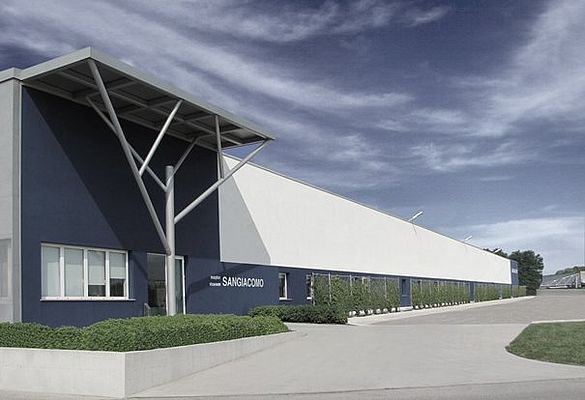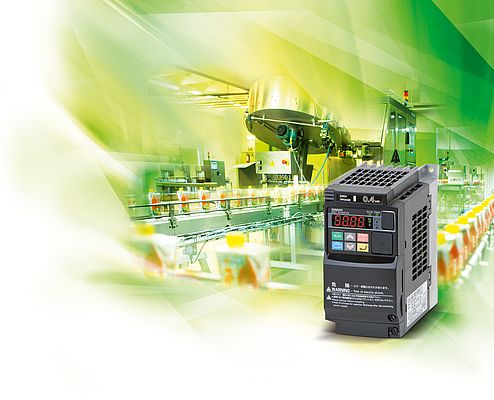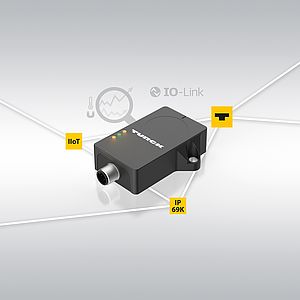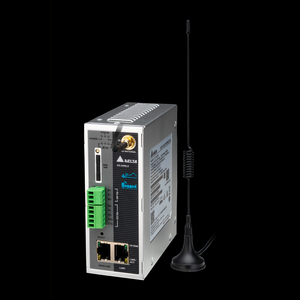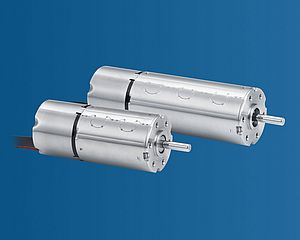Mobilificio Sangiacomo, a company focused on high-quality furniture production, installed in its production facility a 250 kW electric energy generator fed by a fuel obtained from production waste, getting an extra short payback time.
Mobilificio Sangiacomo was born in 1968 in Brugnera, in the province of Pordenone and in 1971 moved to its current location in Cecchini di Pasiano (Pordenone, Italy). Since its birth it differs from its competitors for research in the materials used and for their manufacturing that permitted it to penetrate the market with high end furniture for living and sleeping. The furniture company now has about 200 employees, an induced indirect over 1500 employees and a total area dedicated to the production of 45,000 m2. The high quality of its production, the continuous improvement of performance and investment in research and development represent a fundamental duty for Sangiacomo in order to maintain consistently high satisfaction of its customers.
Efficiency investments
In its factory in Cecchini di Pasiano, Mobilificio Sangiacomo has undertaken a major investment aimed at the recovery of sawdust and waste for the production of electricity and, as a by-product, of hot water useful both in the process and for internal health of the company. For the construction of this facility, the company has taken advantage of the skills of DP Electronics di Dal Pont Bruno (Ponte nelle Alpi, Belluno, Italy), since 1974 leading system integrators in building plants for the reuse of biomass and for continuous monitoring of flue gas emissions. D.P. Electronics operated, and still operates in Central and Eastern Europe, Asia and Africa and employs in its plants Omron automation solutions, also using the services offered by Omron.
From sawdust to electricity
The wood fuel, stored in silos and worked in order to ensure a controlled particle size, is introduced into a boiler through a cochlea driven by an inverter. The air required for combustion is instead placed in a forced way through a series of fans driven by inverter outputs up to 37 kW. As a result of the presence of inverters in the modulation both of fuel and of combusting agent, the combustion is optimized, thus improving the efficiency of the process, but especially allowing to reduce the gases released into the atmosphere (O2, CO, CO2, NOx), which are more than complying the Law parameters.
The thermal energy generated inside the boiler turns the water, contained in a heat exchanger, into saturated steam that feeds a turbine used to generate electricity with a continuous power of 200 kW. The hot water output from the turbine is then collected and placed in the hydraulic circuit of the plant, where it is used for industrial and civil purposes (heating presses, painting department and district heating). The optimization of the process allows to use also the high temperatures of the gases generated during combustion, which are filtered and made to flow through a further heat exchanger which supplies a second turbine for electricity generation with a continuous power of 50 kW operating in ORC (Organic Rankine Cycle).
It's interesting to note that the use of inverter also allowed to reduce the noise generated by the fans, so improving the quality of the working environment. The whole system is controlled by a PLC which also supervises the process by monitoring the temperature of the boiler combustion and analyzing the feedback received from some gas analyzers placed in various stages of the fireplace.
From words to facts
The plant turned on in December 2012 and since then it has been monitored. The improved combustion efficiency due to the installation of the inverters can be analyzed from two points of view:
- From a qualitative point of view because, without the inverters, the plant could not have come into operation, due to non-compliance with the parameters set by the Decree Law 152/06;
- From a quantitative point of view: as the use of inverters for fuel and combustion agent metering, for the cochlea and fans (all utilities previously managed in ON/OFF mode) has allowed Sangiacomo to achieve a saving of 600,000 kWh / year, that at the current price of energy, means 72,000 €. The payback period related to the sole cost of the inverters is measurable in less than 2 months.
By extending the analysis to the entire system when it will be completed, it should be noted that as it is an electricity generation plant, the energy savings resulting from the installation of the inverters has also allowed it to increase the volume of electricity fed into the grid, which will be rewarded with an incentive fee equal to approximately twice the rate of economic purchase. This has allowed Mobilificio Sangiacomo to recover the total cost of the system, equal to approximately € 800,000 in less than 2 years.
By Vito Ferrario, Marketing Communication Coordinator, Omron Italy


